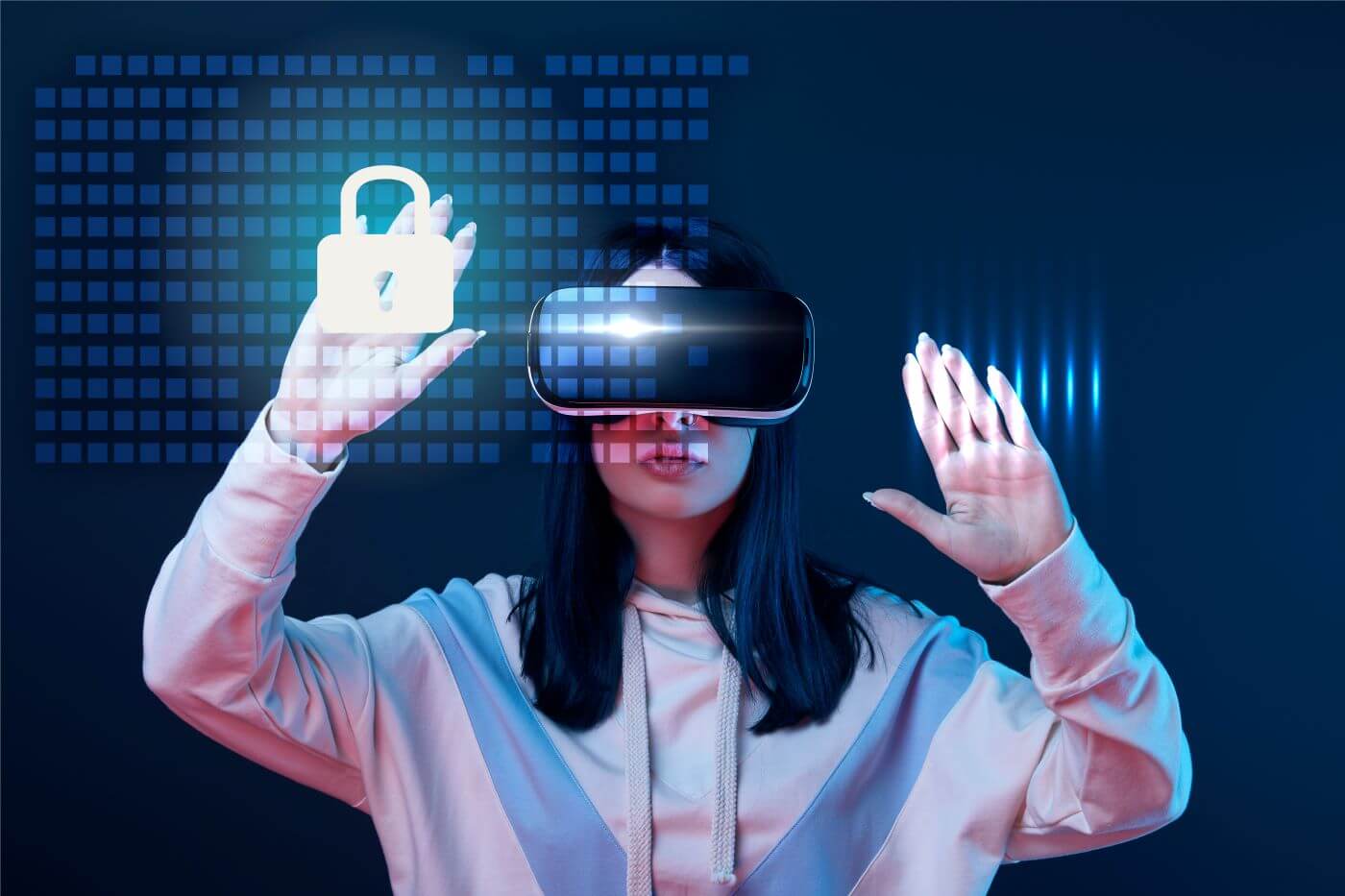
How to Avoid Motion Sickness in Virtual Reality
One of the most common issues when it comes to being immersed in the virtual world is the experience of motion sickness.
During early stage of development, especially for headsets such as the Oculus DK1 and DK2, the lack of comfort was largely due to the hardware's refresh rate not being able to keep up with moving images.
However, with today's refresh rate have achieve more than 90/sec times, we have pretty much overcame this issue. However, if a player immersed in the game is motioned in the wrong way, they are likely to still get sick.
Here we share some methods on how to reduce VR motion sickness.
1 Prevent non-forward movements
One way to prevent motion sickness in VR is to induce movements that you will only be making in VR as if you do in real life. Be sure that you are moving in the direction that you are facing, so it does not conflict with what your brain is used to.
2 Reduce Vection
Imagine you are sitting on a parked train, and see another train in parallel slow departing. This creates an optical illusion of movement in your perception as if the train you are sitting is moving. This illusion is referred to as vection which something that can produce motion sickness. You can reduce vection by slowing down in motion in the virtual world.
3 Slow down
We detect changes in velocity and acceleration, but we can't detect constant change in velocity. if developers can provide experiences that allows someone to move in a straight line, then the motion sickness will be reduced. If you strap someone new to VR on a rollercoaster ride with lots of up-and-down movements, then this change in velocity is likely to make people sick. You may want to avoid taking people onto a VR rollercoaster experience if it's their first time.
4 Reduce YAW
YAW refers to motion along the vertical axis.
One of the best way to get people sick in VR is when you connect the game control to a controller than to your head. Oculus CTO, John Carmack, describes this issues as "poison" in VR. Developers should avoid this as a rule of thumb.
This can induce constraints in VR gaming since it requires the player to be standing or be in a rotating chair to enjoy the experience. Needless to say adding wires and chords to the equation makes things even more complicated.
5 Introducing a static reference frame
Although this concept may not be ideal for every VR experience, by adding some kind of reference around the players can significantly reduce motion sickness, and even increase the level of immersion. For instance, adding a cockpit for a fighter jet experience can provide a point of reference for that player (e.g., EVE: Valkyrie).

In conclusion, the topic of motion sickness is still being investigated and determined, something ,any earlier VR experiences have been experimenting with. As more and more techniques are developed, it is likely that future gaming and experiences in VR will succeed to eliminate motion sickness.

